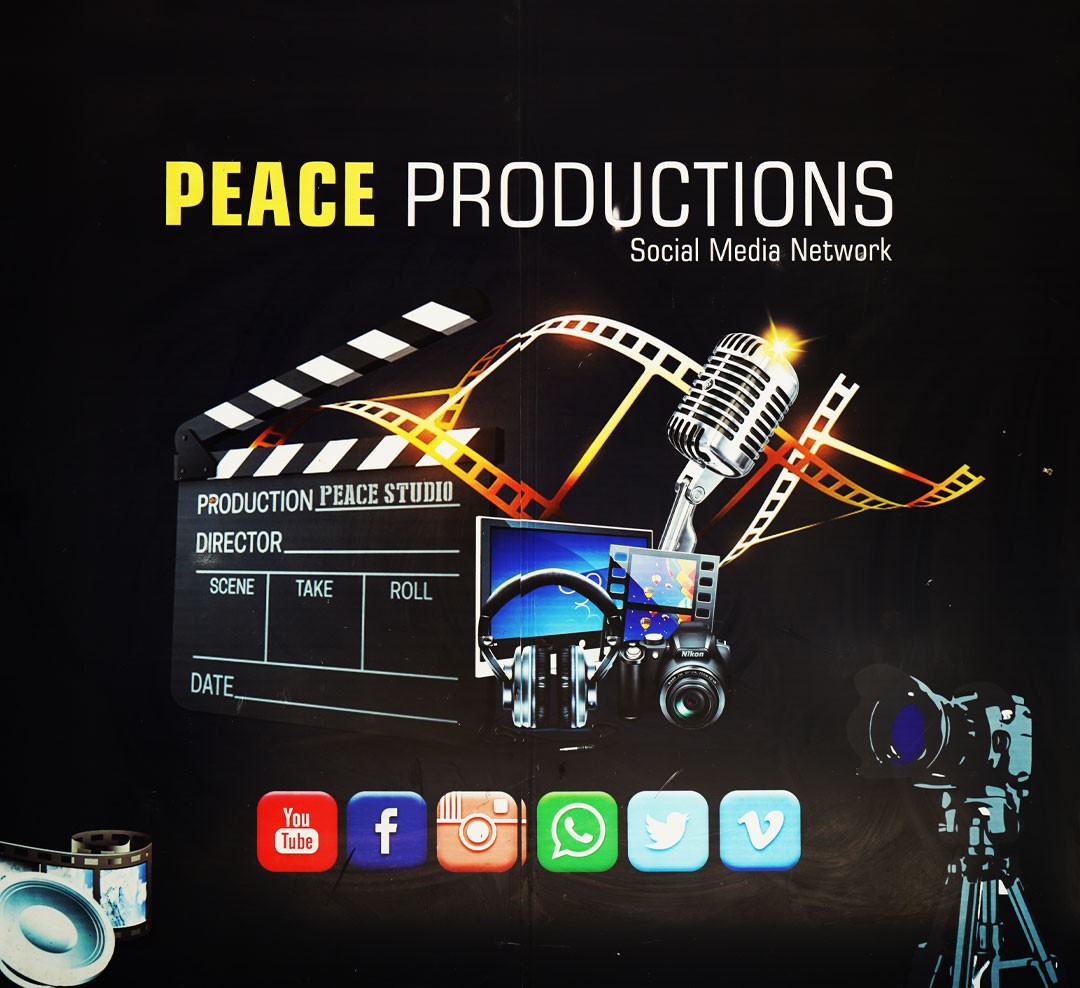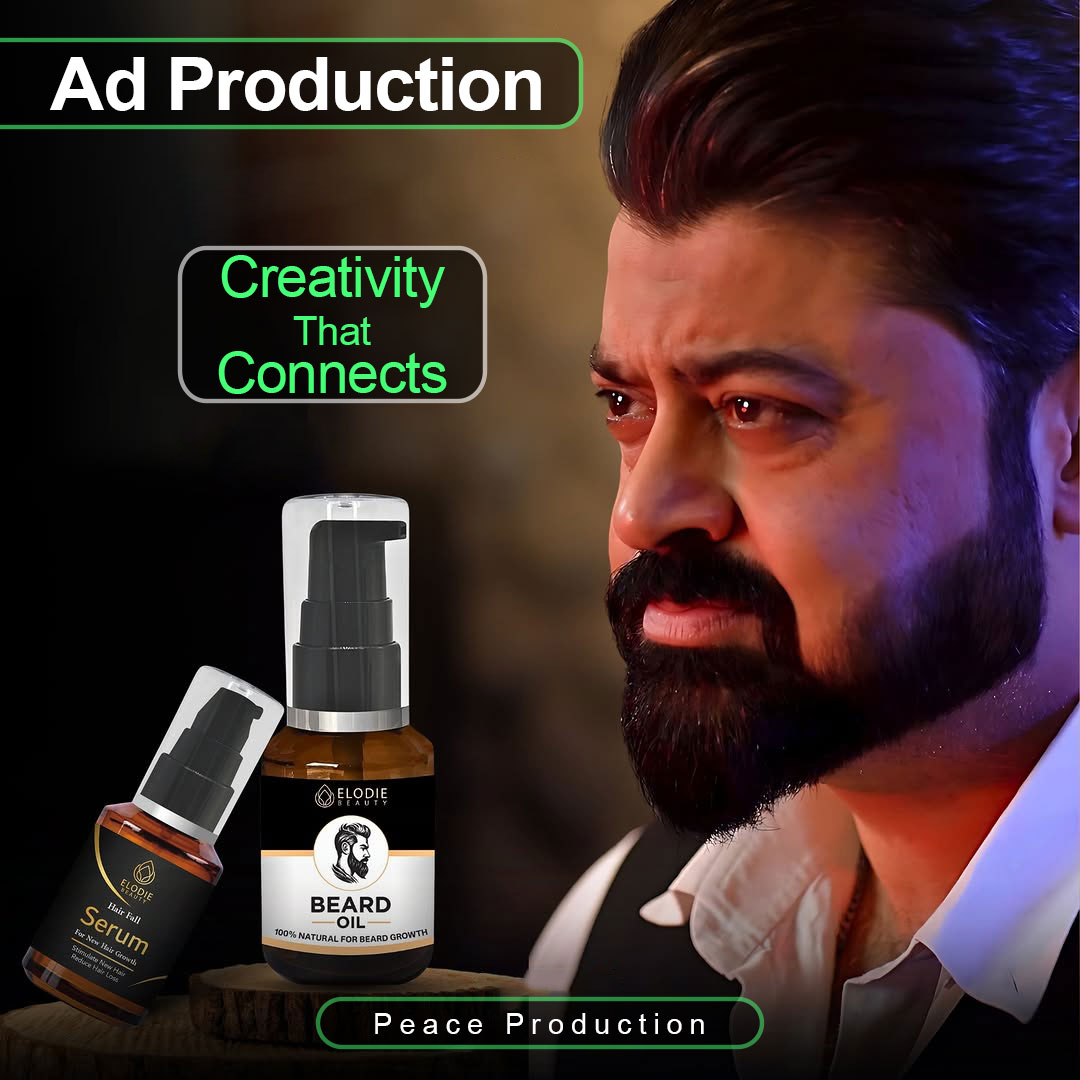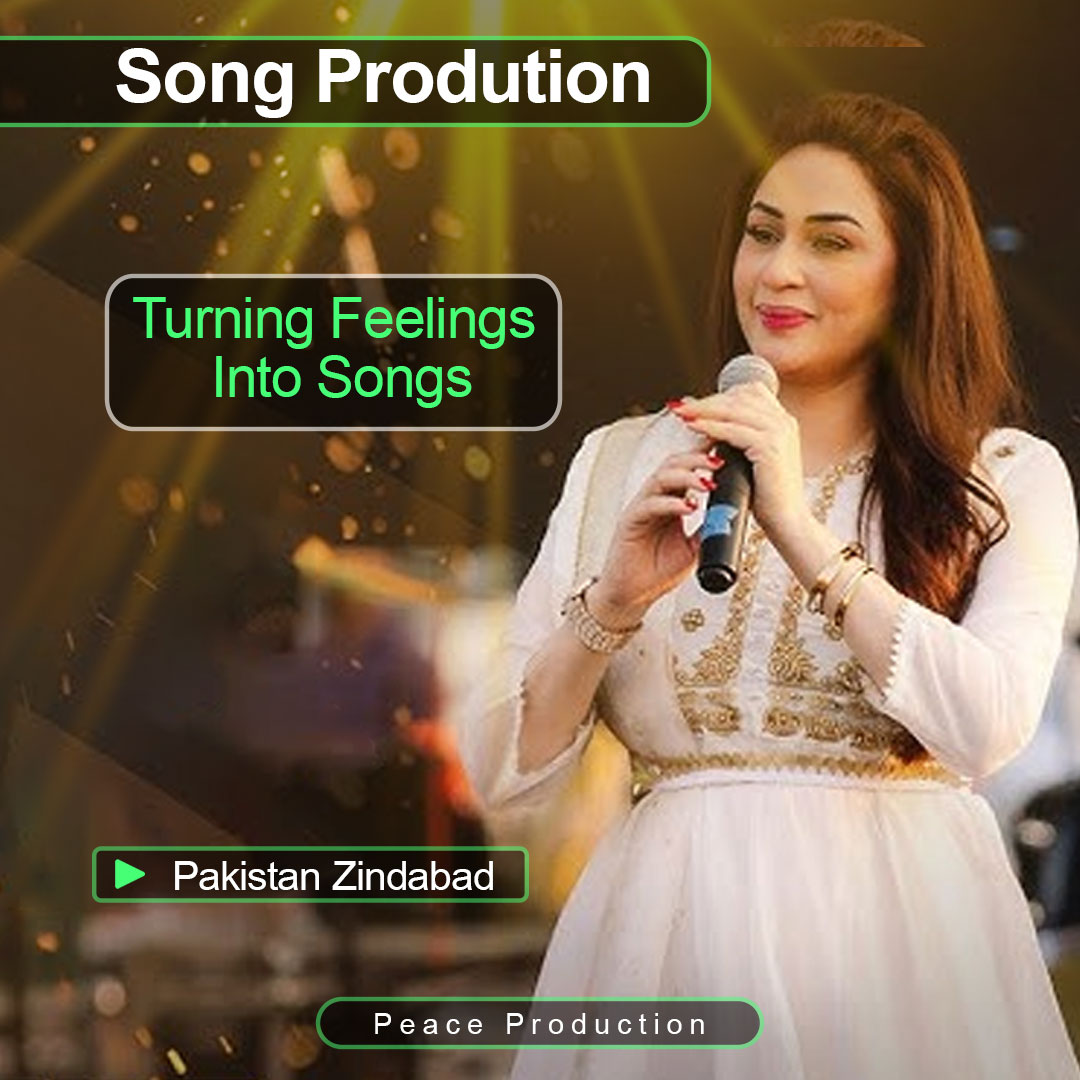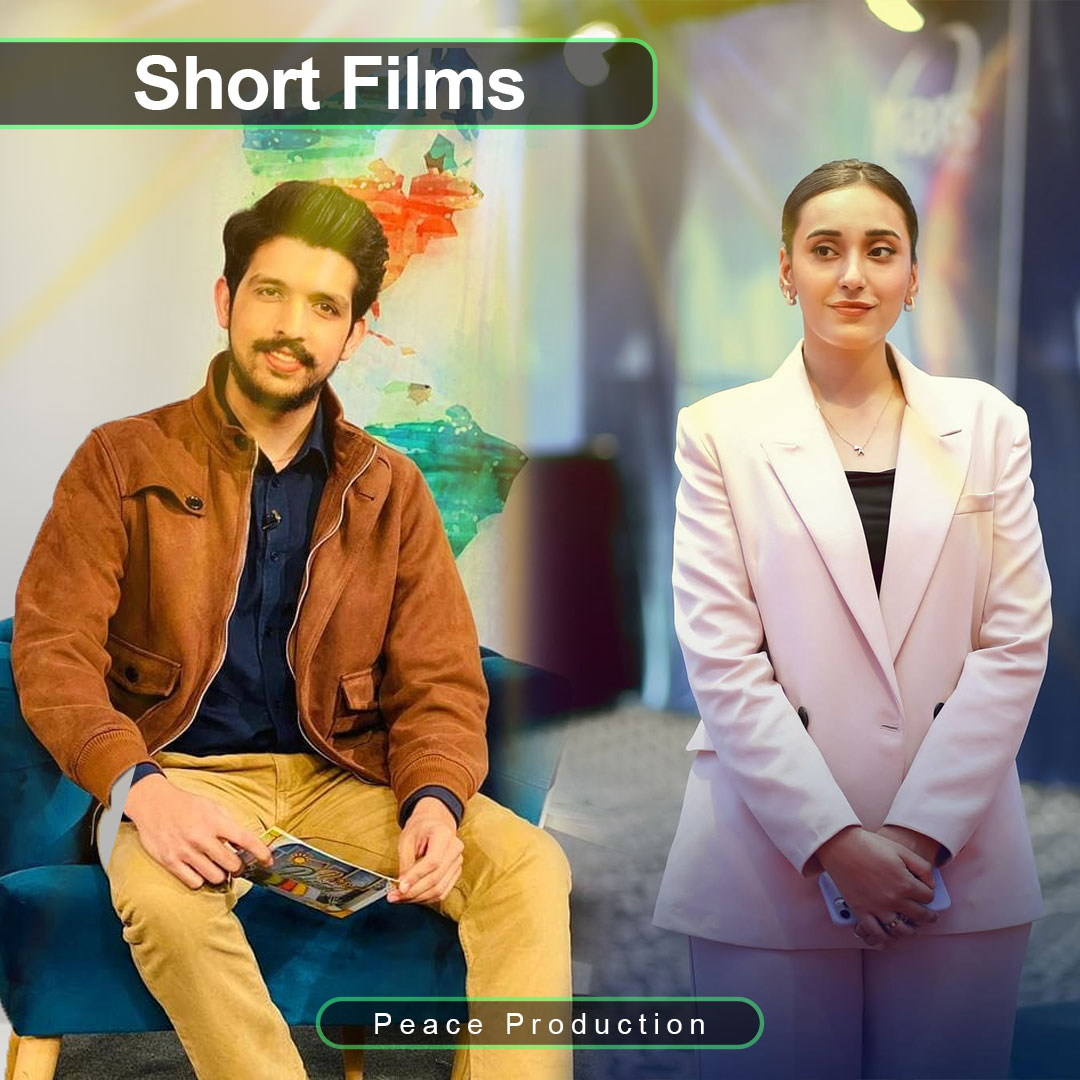AD Production
Peace Production

0
At Peace Production, we create stories that inspire. We bring ideas to life with cultural understanding, creative vision, and genuine emotion, helping brands connect with people in every frame.

 Find a
service That
Find a
service ThatAt Peace Production, we think every brand has a story to tell and we tell that story with creativity, strategy and cinematic care. We handle everything from script to screen, making your message look great and resonate emotionally.
Where creativity meets conversions.
We merge storytelling with smart strategy, making your brand seen, felt and remembered across digital platforms.
Stories that stay long after the credit roll.
Every frame, a feeling. Our experience of over 200 short films speak to the soul and linger beyond the screen.
 Take a
look
Take a
lookWe design exceptional brands, products, web apps, mobile apps, websites for startups and enterprises for your business grotws.

Peace Production

Peace Production

Peace Production



More than 100+ companies trusted us worldwide
 Trustpilot reviews
Trustpilot reviews
 BROWSE
BROWSE


Working With Us
Project Delivered
Happy Clients